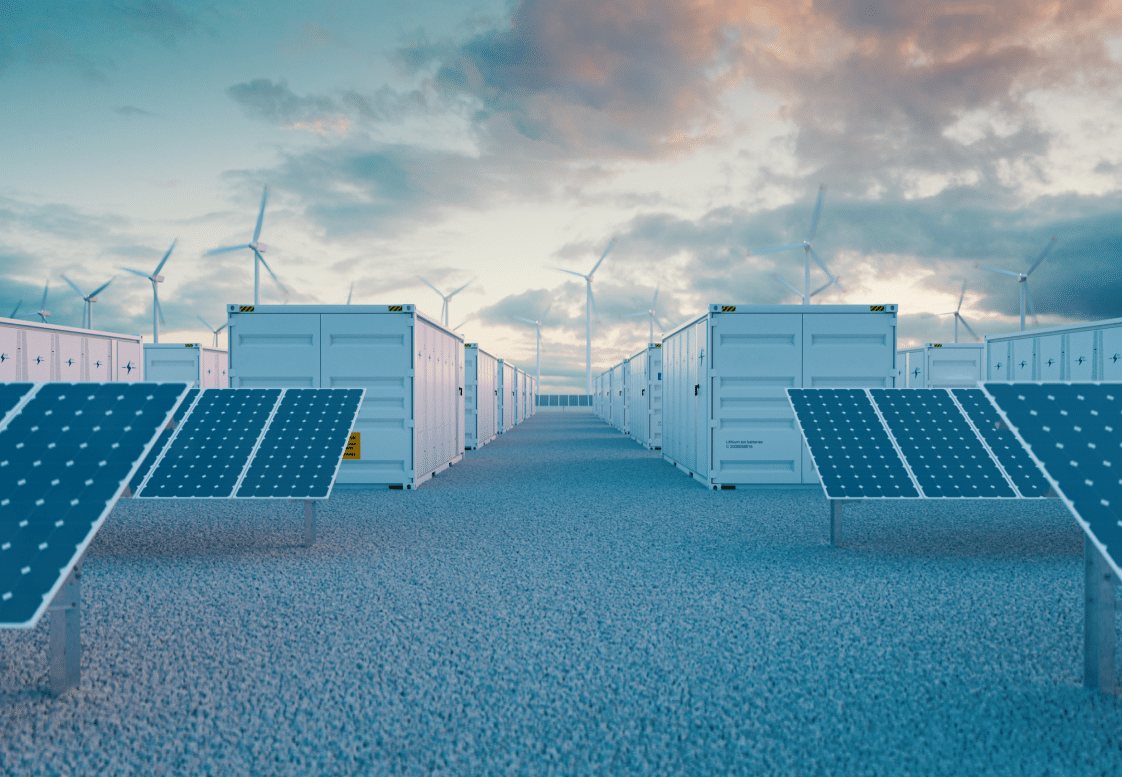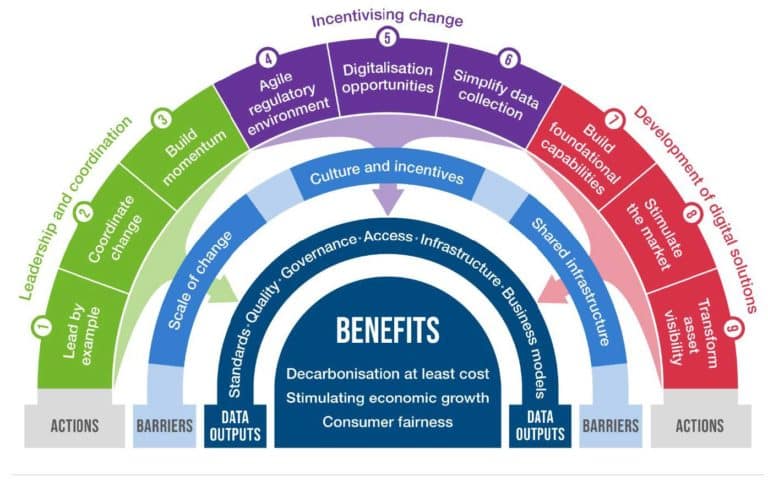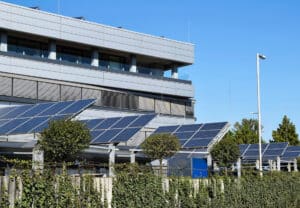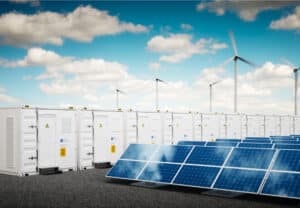
Digitalization is the process by which ICT solutions permeate into the entire economy and daily life. This advent has brought reams of data, leaps forward in data analytics, and higher levels of interconnectivity between people, devices, and machines than ever before.
There is an enormous opportunity to transform society into a more digital, intuitive world, but as the population grows and technology innovates further, energy consumption is rising accordingly.
The world will consume approximately 580 million terajoules of energy in 2022, or about the equivalent of 13.9 billion tons of oil equivalents. While renewable energy is getting cheaper and investment is growing at a rapid pace, it still pales when compared to the world’s reliance on fossil fuels.
In order to help facilitate a more rapid transition and change to cleaner energies and optimize humankind’s current use, the energy sector needs to modernize.
Enter energy digitalization.
What is energy digitalization?

There is a digital transformation in the energy industry taking place. As the industrial, commercial, and private sectors come to terms with the reality that how we source and use energy needs to change, digital technologies will lead the way in finding ways to be more efficient with their consumption.
Energy digitalization is the transformation of the energy sector and energy use in general from traditional manual and binary processes to intelligent remote controls, monitoring, and management.
These digital energy transformations will take static data like utility bills and turn them into actionable insights with that information to reduce energy costs and identify peak usage times to control energy network load. It can also help providers make better, data-centered business decisions and shift their business model according to these insights.
The key to energy digitalization is the introduction of communications equipment and capabilities to analog machinery. From remote monitoring to predictive maintenance and threshold alerts and even remotely controlling assets remotely from an office, these technologies have a wealth of potential.
For telecom and data center operators and service providers using these facilities, they need to determine where their energy pain points lie to stop wasteful energy spending. This includes energy assets operating improperly or when unneeded, wasted power, and which sites are polluting the most, among other energy KPIs.
Why is energy digitalization important?

Energy digitalization’s impact can be felt across nearly every sector of industry and society. Digital innovations in the energy sector could save over $80 billion annually up through 2040 from reduced downtime and outages, improved power network efficiency, and extended asset lifetime and warranty.
One of the largest areas that can be improved is buildings and their construction, which are responsible for nearly a third of global energy consumption and 15% of CO2 emissions. If the world wants to meet its carbon neutrality goals by 2050, every new building and one-fifth of every old building standing today would need to be “Net-Zero ready” by just 2030.
This is driven by increased energy access in developing countries and skyrocketing demand for air conditioning in warmer climates. The introduction of digital technologies has the potential to reduce this energy use by 10 percent over the next 16 years.
How can we digitalize our energy?
There are many steps and areas that need to be involved in the process of transforming the energy industry and energy use to meet our ambitious climate goals and start eliminating wasted energy. We’ve collected some of the primary aspects that will be pivotal in implementing smart energy infrastructure and use.
In order to bring global energy use into the smart and modern age, some stakeholders and sectors are critical in that process. Many more vectors require changes to be made to them, but these are the most significant of them.
Sectors
Energy Sourcing
One of the most critical changes for energy digitalization to become widespread is a seismic shift towards clean and renewable energy sources and away from fossil fuels. By their very nature, renewable energy sources are interlinked with digital energy technologies, without which they would not be able to be used.
For energy digitalization to occur, we need to shift as fast and wide as we can to phase out fossil fuel use wherever possible. Recently, renewable energy sources have become even cheaper than fossil fuels both in terms of upfront and long-term costs, making this goal more achievable than ever.
Energy Infrastructure
We need to introduce millions of units of digital energy and carbon-efficient technologies, including solar panels and other renewable infrastructure, and backup energy storage, to the global energy network. One of the most significant barriers to the effective harnessing of renewables is a lack of capacity and proper connections from generation sources to sufficient storage equipment to handle it.
Live monitoring of these assets is also critical to ensure you maximize their collection capabilities and take into account geographic and weather data to optimize their usage further.
This also includes having the necessary resources in place to properly monitor existing fossil fuel-based energy assets, ensuring they are used as little as possible and only when necessary. Though we can’t simply give up fossil fuels, we can make their use significantly more efficient or even use them to charge energy storage devices instead of directly powering sites and facilities.
Stakeholders
Consumers
Consumers are the core of any successful strategy to modernize the world’s energy use. Accurate information regarding tariffs and services will help them reduce costs while being carbon conscious. Energy digitalization will also bring the advent of private individuals entering the energy market, selling their surplus from private solar or wind infrastructure to the grid. They will also be able to track peak use times and adjust their energy purchasing to focus on cheaper times of the day.
Energy Providers
Energy providers will need to make sweeping changes to their systems and management with the advent of private individuals, entities, and independent energy projects like microgrids. They will need to introduce tools that can intelligently track and predict energy load ebbs and flows and automate a wide range of traditionally manual and time-consuming processes like periodic site checks.
The system will also need to be effectively reactive to the sudden power supply and demand spikes, which could create price fluctuations and energy network instability. Most of all, these processes and assets must be tracked with live performance monitoring and predictive alerts to prevent potential maintenance or power supply outages.


























